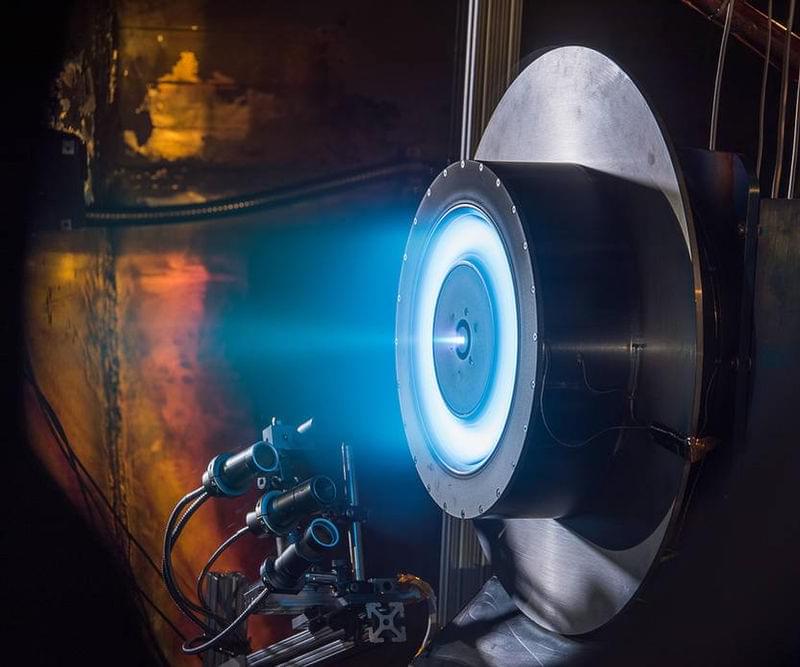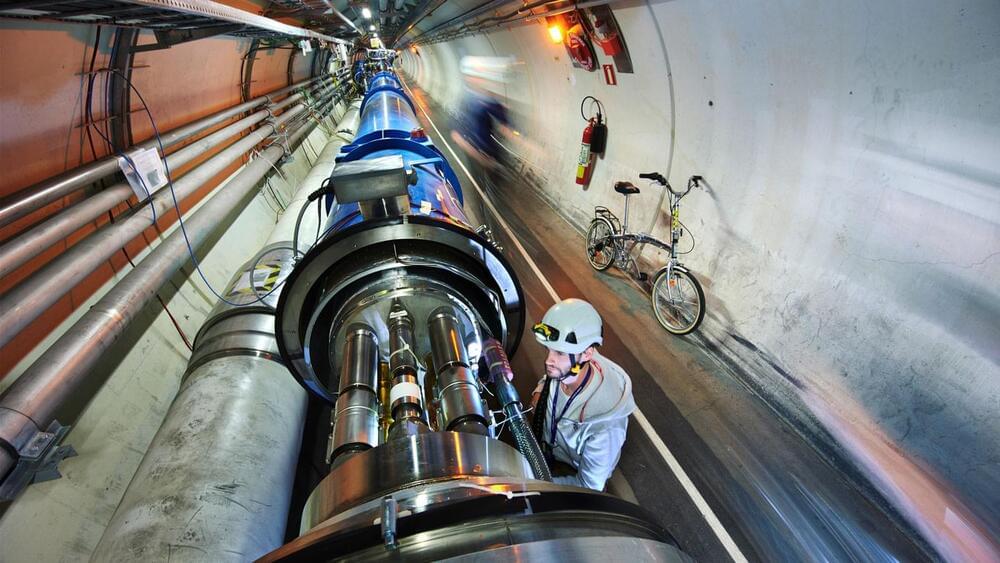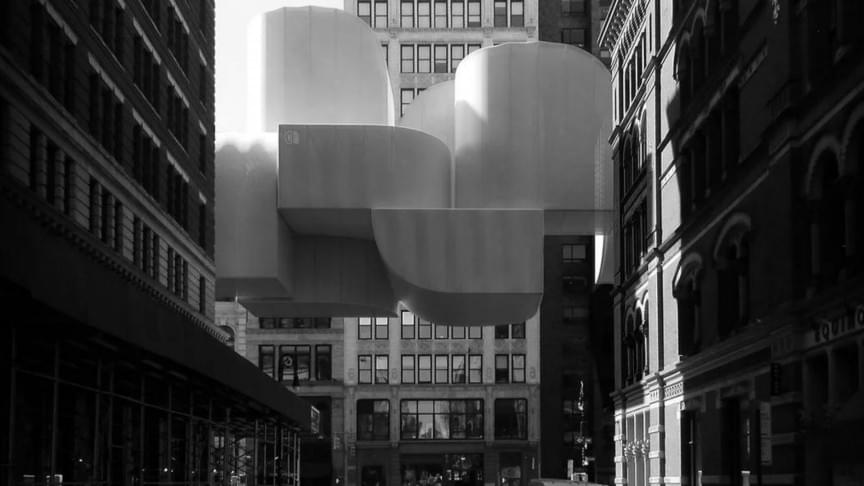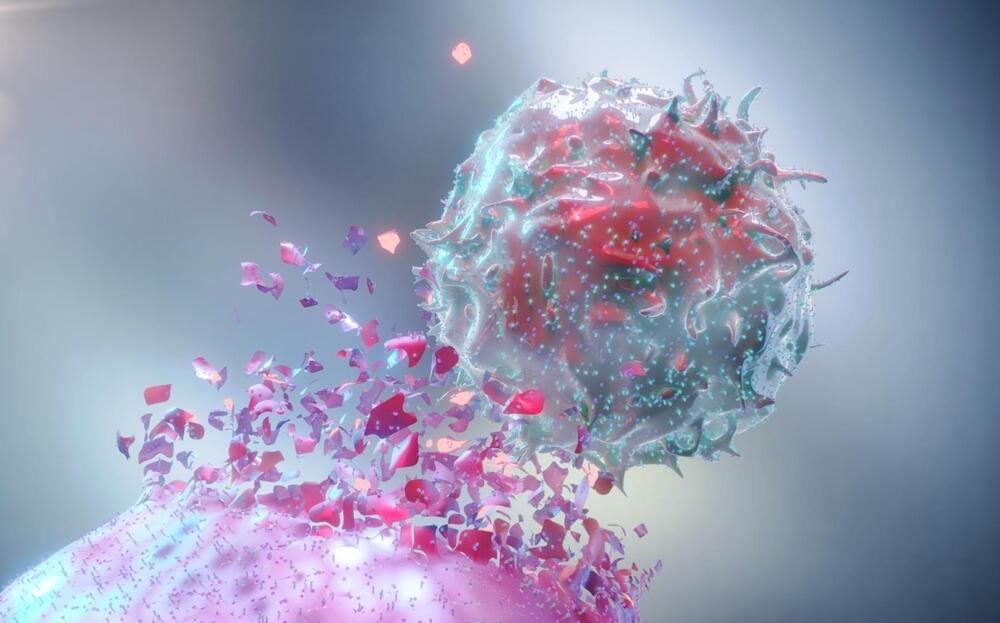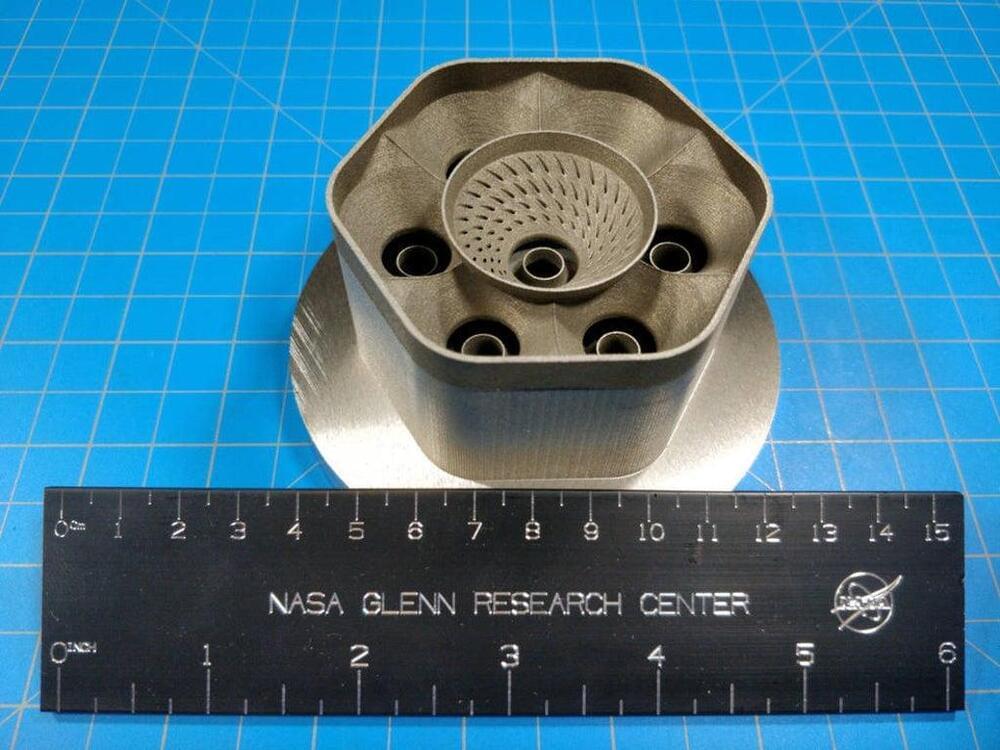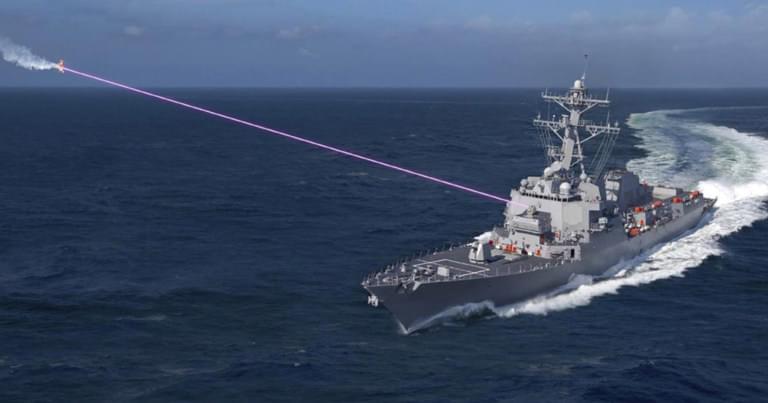When it comes to space, there’s a problem with our human drive to go all the places and see all the things. A big problem. It’s way too big.
Scientists shut down the particle accelerator in 2018 to allow for upgrades (SN: 12/3/18). On April 22, protons once again careened around the 27-kilometer-long ring of the Large Hadron Collider, or LHC, located at the particle physics laboratory CERN in Geneva.
The LHC is coming out of hibernation gradually. Researchers started the accelerator’s proton beams out at relatively low energy, but will ramp up to slam protons together at a planned record-high energy of 13.6 trillion electron volts. Previously, LHC collisions reached 13 trillion electron volts. Likewise, the beams are starting out wimpy, with relatively few protons, but will build to higher intensity. And when fully up to speed, the upgraded accelerator will pump out proton collisions more quickly than in previous runs. Experiments at the LHC will start taking data this summer.
Physicists will use this data to further characterize the Higgs boson, the particle discovered at the LHC in 2012 that reveals the source of mass for elementary particles (SN: 7/4/12). And researchers will be keeping an eye out for new particles or anything else that clashes with the standard model, the theory of the known particles and their interactions. For example, researchers will continue the hunt for dark matter, a mysterious substance that so far can be observed only by its gravitational effects on the cosmos (SN: 10/25/16).
Architect Andreas Tjeldflaat from design and research studio, Framlab, has his head high up in the clouds.
His latest project, titled Oversky, was recently on display at an exhibition on architecture and climate change at Sweden’s Bildmuseet art museum.
Oversky deals with a series of semi-floating structures in the ariel space between roads and buildings. The modular structures would be based on the technology that allows zeppelins to float, known as the lighter-than-air technology, and would be interconnected and supported by various infrastructural links that connect the street, known as “the cloudscape”.
Microscope footage shows how a fiery T cell latches onto a cancer cell in an attempt to destroy it.
Using NASA satellite data, researchers observed a new class of stellar explosion, which is similar to novas, but localized and short-lived.
Alloy GRX-810 can be used to build better rocket engines capable of withstanding far harsher conditions.
NASA scientists have invented a new metal alloy that is 1,000 times more durable than current state-of-the-art materials used in aviation and space exploration.
The US space agency believes that Alloy GRX-810 could revolutionise space travel, as it can withstand far harsher conditions than existing materials used within rocket engines.
The material has twice the strength, three-and-a-half times the flexibility and more than 1,000 times the durability under stress at high temperatures.
Google rolled out patches for the flaws in a December security update, so Android users should make sure they’ve updated their mobile OSes.
To SpaceX and Tesla CEO Elon Musk, the future is teeming with humanoid robots.
During a lengthy and freewheeling conversation with TED’s Chris Anderson last week, Musk expanded on his vision of what it could look like to share everyday life with automatons doing our bidding.
And, predictably, the conversation jumped directly to the sexual implications of humanoid androids. Despite his busy personal schedule, Musk clearly does have some time to daydream.
